Written by Henrylito D. Tacio
Then, in May 1967, the lone province was divided into three provinces: Davao del Norte (with Tagum as capital), Davao Oriental (Mati), and Davao del Sur (Digos). In 1998, some parts of Davao del Norte were taken to form another province: Compostela Valley with Nabunturan as its capital. In 2013, Davao Occidental was born, with Malita as its capital.
In the beginning, there was only a single province called Davao with Davao City as its capital. At that time, it was considered the biggest province in the Philippines, spanning more than 20,000 square kilometres.
Two years ago, during the month of December, Compostela Valley through a plebiscite was renamed Davao de Oro. It is but a fitting name. In the past, when Jayvee Tyrone Uy mentioned he is the current governor of Compostela Valley, people wondered. “Where is that?” they asked. Is it part of the Cagayan Valley or a place somewhere in Cebu? Now, he won’t have to spend more time explaining that his province is part of Davao Region.
“Our twenty years as Compostela Valley Province gave us enduring lessons – of resilience, convergence, cooperation and collective responsibility,” Gov. Uy said. “Certainly, we will bring those ideals as Davao de Oro.”
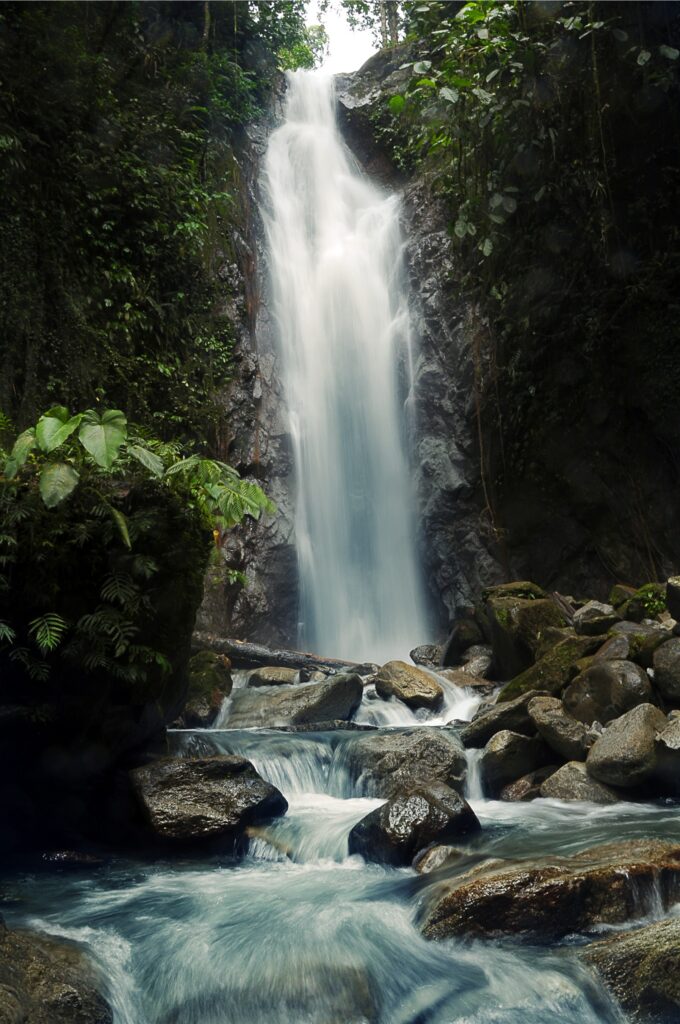
Davao is self-explanatory as the province is part of Davao Region. Oro, on the other hand, refers to the rich/vast gold deposits found in the province; in fact, 10 of its 11 towns have reportedly gold deposits.
The history of gold in the province started with Hijo Gold Mines, which ceased its operations when Diwalwal mines took its place. It was in the 1980s when two locals from barangay Naboc stumbled upon gold in a crudely developed part of the Diwalwal Mineral Reserves, according to a coffee table book.
“Ecstatic with their ‘discovery,’ they blabbered about their good fortune and in days the whole of Monkayo shared their knowledge. The news spread to neighboring towns and then to the entire archipelago.”
The rest, as they say, was history.
If you still wondering how Davao de Oro looks like, well, Hollywood director Tran Anh Hung filmed I Come With the Rain in 2009 in Mount Diwalwal in Monkayo.
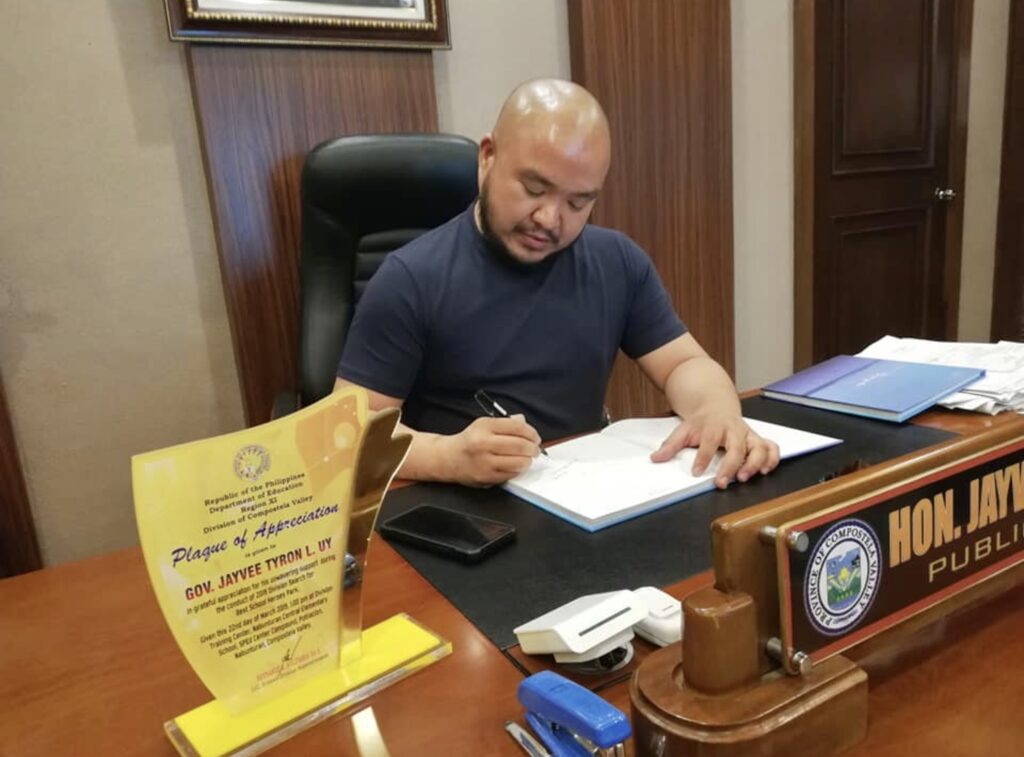
“Davao de Oro is a raw land of tribal communities, vast rainforests, fertile valleys and plains, uncatalogued marine and terrestrial wildlife, an active volcano, hot and cold springs, and mountains and lakes,” a paper from the provincial tourism office stated.
As such, you can find in this province rare and endangered species like the rare Philippine eagle (the country’s national bird), the exotic Rafflesia mira (one of the world’s biggest single flower), Philippine deer, various kinds of snakes, and a host of still unidentified flora and fauna.
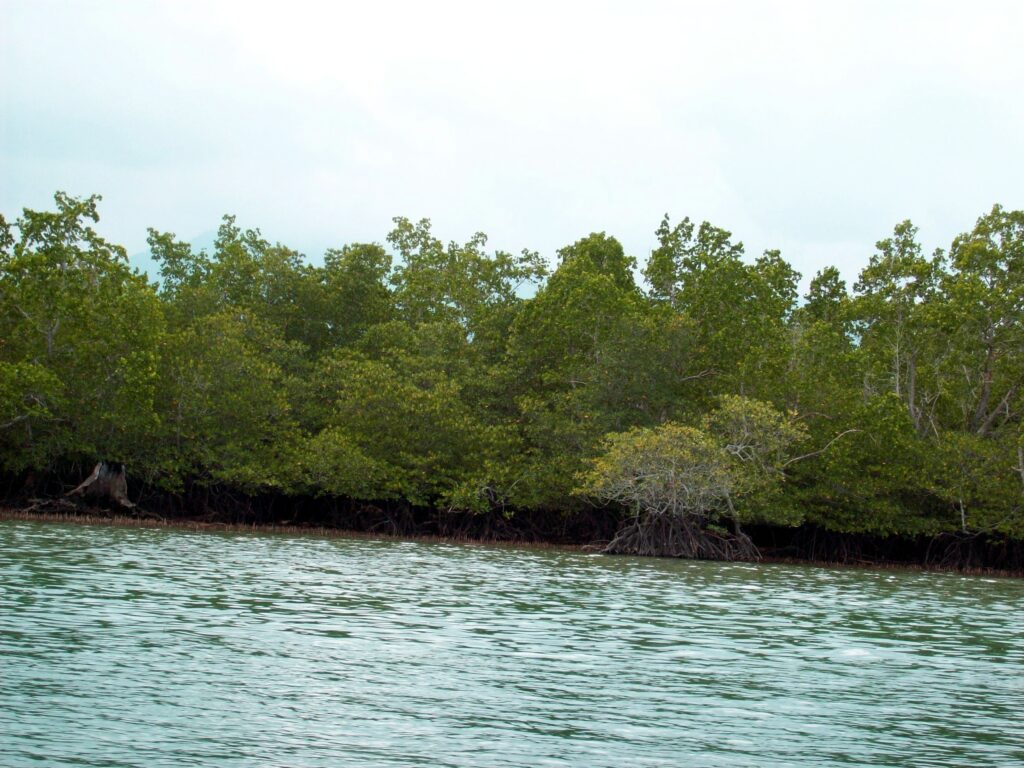
Not only that. Six of the major tribes in Mindanao are living in the province: Mandaya, Mansaka, Dibabawon, Ka’agan, Ata-Manobo, and Mangguangan. What is interesting is that each of them has their own myths, legends, arts and music, and age-old customs and traditions.
If you’re planning to visit the provinces, here are some points of interest. Let’s start with the islands: Kopiat and Lunod. The first one is a 95-hectare island of powdery white sands, located in Mabini. Its unspoiled reef areas with rare beds serve as sanctuary for exotic tropical fish and endangered marine turtles, particularly Hawksbill Turtle and Leatherback Turtle.
Located not far from Kopiat Island is the 17-hectare Lunod Island. “At night, the place turns into a magical wonder as the whole area is lighted with fireflies,” said Christine Dompor, the provincial tourism officer. Also known as Anthony Island, it is a 15-minute banca ride from one of the beach resorts.
Maco is known for Lake Leonard, a caldera of Mount Leonard Kniasseff, one of the 22 active volcanoes in the country whose last eruption was reported in the second century A.D. The 200-hectare was used before as a dumping ground for mining wastes until the mining company ceased operation in the early ‘90s. Today, the lake is teemed with tilapia.
Also located in Maco is the 8-hectare boiling cauldron of greenish-yellow murk nestled on a small cusp of the hill of Amakan in New Leyte. The crater is a 30-minute ride to the base of the hill and an hour and 30-minute climb through the hillside forest and thick foliage. Visitors who will opt to take the easier trip may take the old mining road and after an hour walk of scaling shallow ledges that are in fact part of the winding mining road, the crater is less than a 20-minute walk.
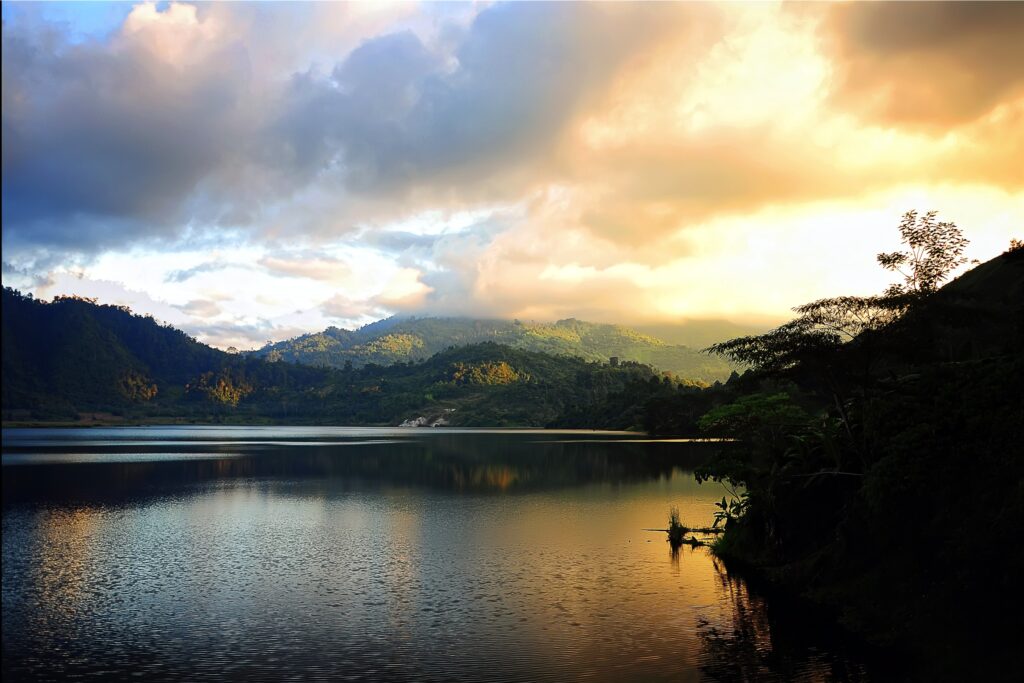
In Mawab, a must-see is the Mainit Sulfuric Hot Waterfall. The steaming waterfall is the main charm of a barangay resort tucked on the side of a hill in barangay Mainit. The sulfuric hot spring and its perimeter is surrounded on three sides by forested slopes from where the spring cascades into a hot waterfall. Hot sulfuric water cascades on ledges from vents on the hillsides to form waterfalls.
The town of Maragusan is known for its cold and hot springs. The Aguakan Cold Spring Resort has an Olympic-size swimming pool, whose water comes from the nearby springs. The water is touted to be “as cold as ice.”
If cold water is not your thing, then go to the Kanlawig Hot Spring Resort which is not far from the Aguakan. Here, you can enjoy swimming in the steaming hot water.
Another resort worth visiting in Maragusan is the famed Haven’s Peak, which is nestled on Tarago Hills which faces the town proper. It takes more than 200s steps to reach the top. Once you’re there, you get to see the whole town and the forest that surround it.
Maragusan is home to several waterfalls, including Marangig and Tagbibinta Falls. The most famous, however, is Tagbibinta Falls, which has a series of seven falls, the first one measuring approximately 70 feet in height. “The falls was named as such because the place used to be a business center,” Dennis Radin, then town tourism officer, told this author.
Laak is known for its caves. Unofficial information puts the number of caves at more than 100. Most of them can be found in barangays Sisimon and Andap. There are also fascinating caves at the municipalities of Montevista, Monkayo, Nabunturan, Mawab and Compostela.
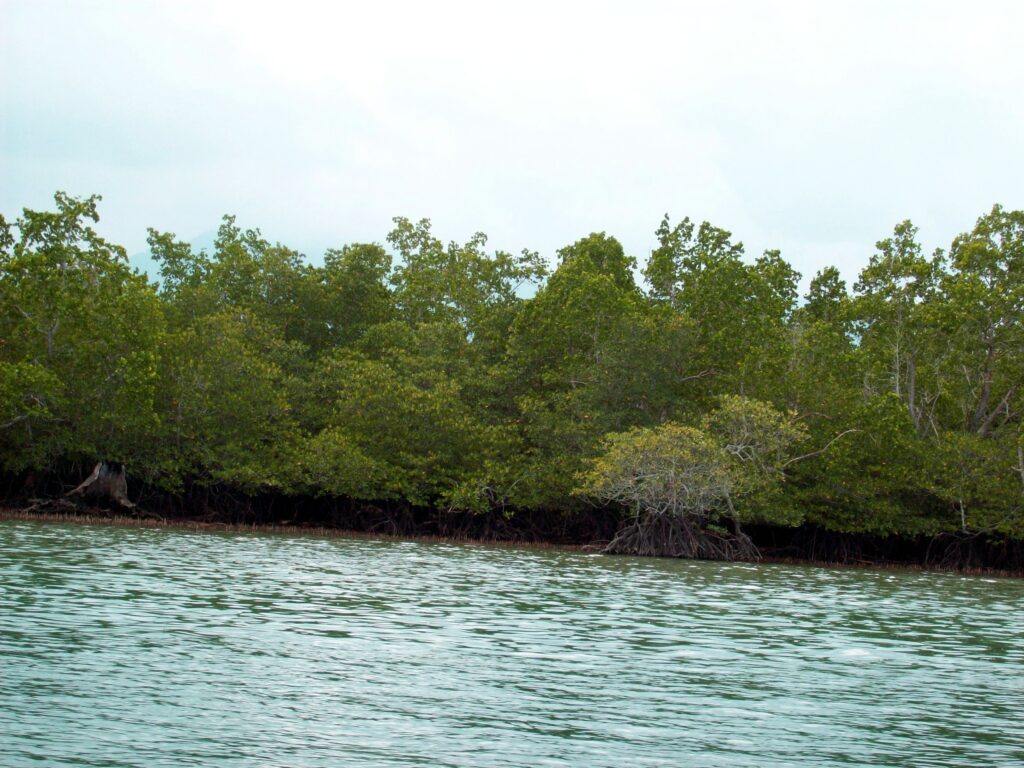
About 12 kilometers away from Tagum City and two kilometers from the highway is the Mahayahay Cave. Located in Mawab, the cave has natural features like stalactites and stalagmites. It hosts animal life like the small fruit bats locally known as “kabyaw” and the cave blind fish.
If mountain climbing is your thing, then you better conquer White Peak. A portion of Mt. Pagdadagsaan, the peak is characterized by white, almost sparkling, rock face appearance in direct contrast to the greenery of the thick forests surrounding it. Once you get there, you get the pleasure of seeing a panorama of Davao de Oro and other Davao provinces, a full profile of Mount Apo and neighboring Mount Candalaga of Maragusan.
Another good thing to do is to explore the legendary Mount Diwalwal. A mineral resource rich area, it has a barangay that literally sits on top of vast gold deposits. Houses, stores and ball mills are concentrated in areas near the portals of various tunnels. Dompor described the place as having hills that “are pockmarked with tunnels that crisscross the bowels of the earth for flecks of gold.”
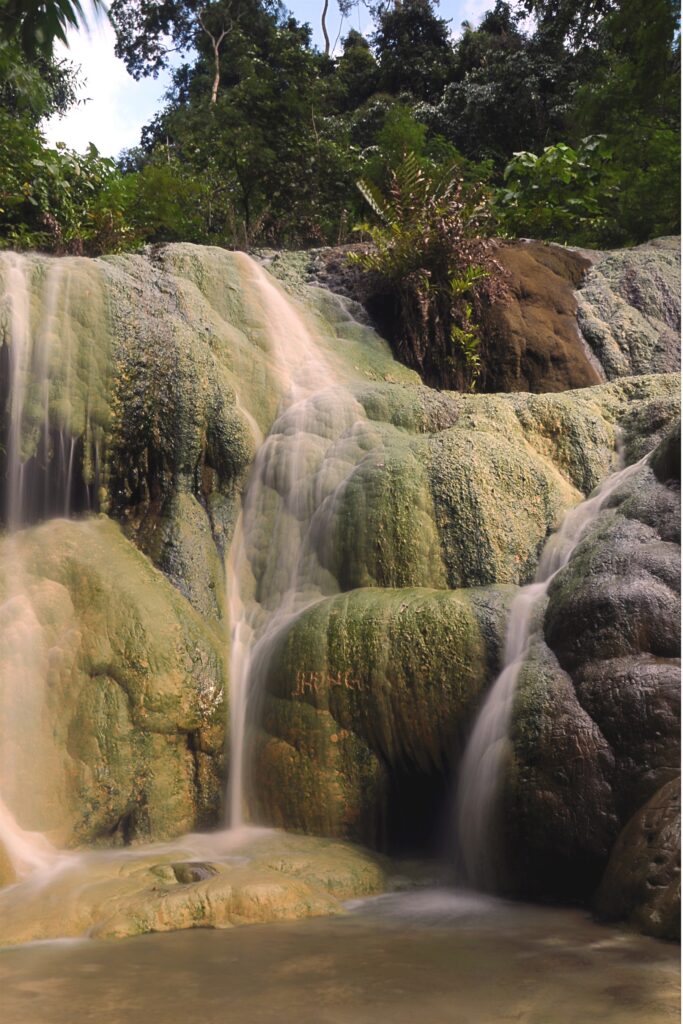
You can get to Davao de Oro bypassing Davao City first and then Tagum City before proceeding to the province. Catch a bus at the Davao City Overland Transport Terminal and go first to the capital town – about 90 kilometers away and a two-hour ride. Once there, you can transfer to any public utility vehicle for another ride to any destination in the province.
Perhaps, if you want to try something unusual, try riding a skylab, particularly if you are in Montevista. It is the town’s prime mode of transport and it is now embraced by the people as its own.
Skylab – named from a space station launched and operated by the US National Aeronautics and Space Administration – is not for the faint-hearted though. “It is just like riding a flying seesaw where passengers are treated to an exhilarating ride as the motorcycle careens up and down rocky roads and climbs slopes, allowing you to view the chasm below and the vista beyond,” says Dompor.
Welcome to Davao de Oro!

